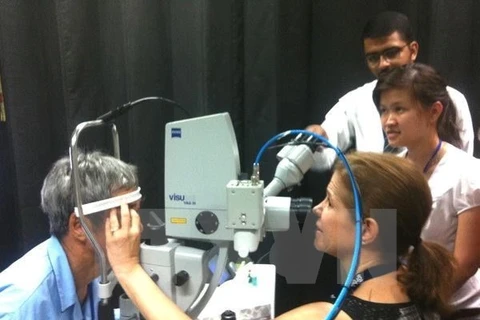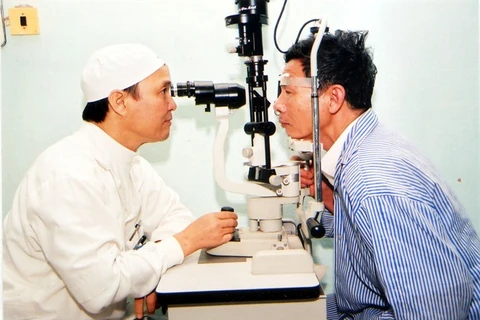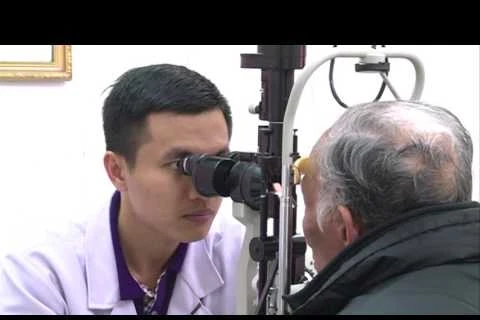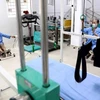Hanoi (VNA) – Local administrations should play a greater role in the national strategy on blindness prevention, head of the national steering committee for blindness control and Deputy Health Minister Nguyen Viet Tien said at the committee’s debut meeting on March 24.
Deputy Minister Tien also said the chairpersons of People’s Committees of provinces and centrally-run cities have the responsibility to allocate and ensure resources to carry out the strategy on blindness control.
Delivering a report on blindness prevention in 2016-2017, Director of the Central Eye Hospital Nguyen Xuan Hiep, who is a deputy head of the steering committee, said his hospital, in coordination with the Health Ministry, the World Health Organisation and domestic charity organisations, conducted 1,000 cataract surgeries free of charge for the poor in 11 provinces in 2016. The hospital also provided eye care training to 1,500 medical workers of communal and district clinics, and transferred eye surgical techniques to many provincial hospitals across the country.
This year, the Central Eye Hospital plans to transfer medical techniques to 23 medical establishments.
According to the doctor, Vietnam currently has around 2,000 eye doctors and about the same number of nurses specialising in ophthalmology. The number is too small compared to eye care and treatment needs, he said, noting that shortages of human resources and medical equipment are posing great challenges to the prevention and treatment of blindness in the country.
The national strategy on blindness control to 2020 with a vision to 2030 was approved on December 31, 2006.
The strategy sets the goal of improve access to services in preventing, early detecting, treating eye disorders, thus reducing the rate of blindness due to preventable diseases. The overall target is to reduce the rate of blindness to below 45 per 10,000 persons by 2020 while increasing the ratio of people receiving cataract surgery to more than 25 per 10,000 and the rate of diabetic patients receiving periodical eye care to more than 45 percent.-VNA
VNA























